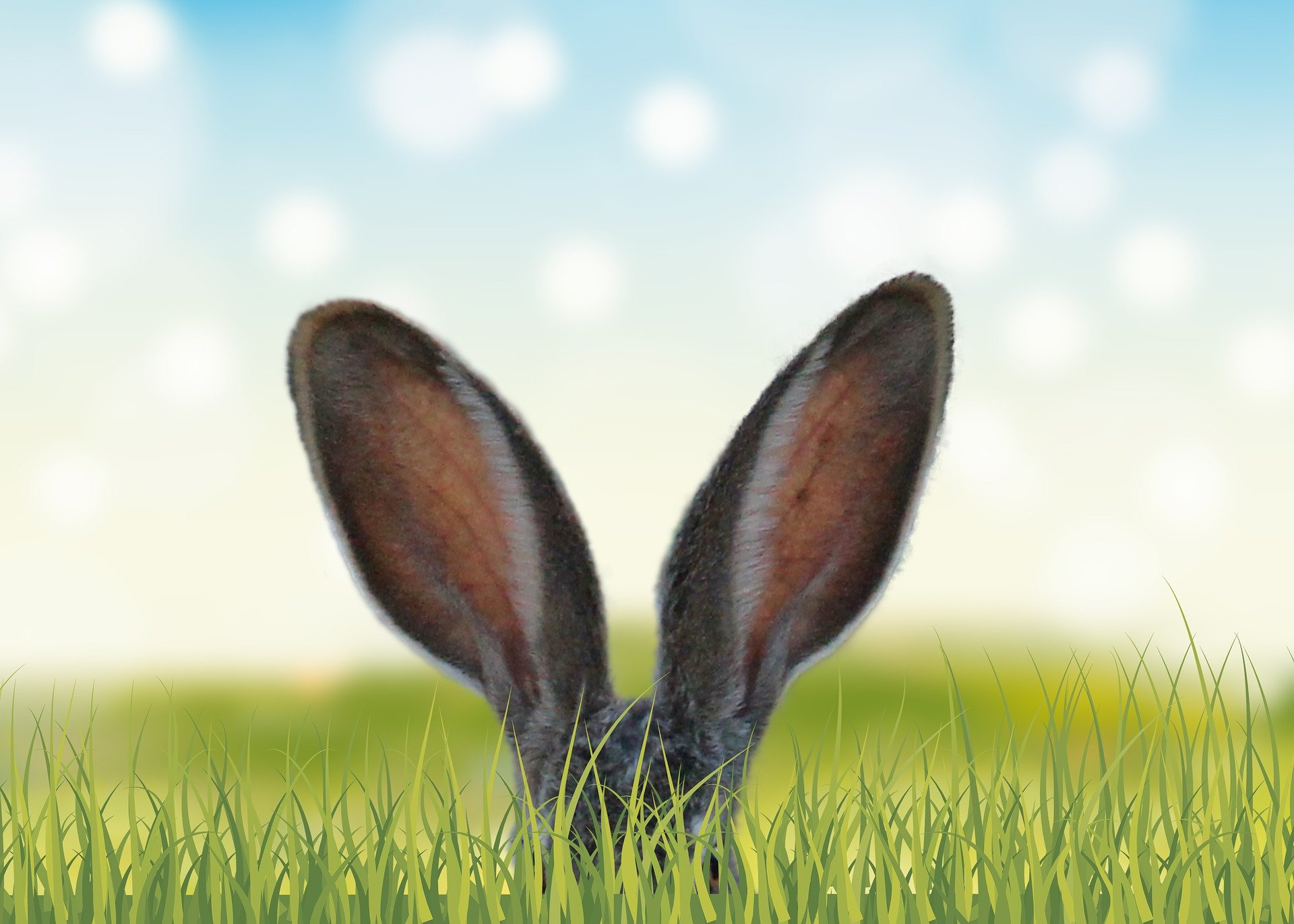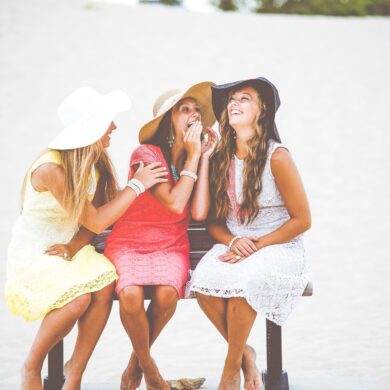Once Spring has sprung, Easter isn’t far behind. And, Easter means many different things to many people according to their faith, origin, creed or just “love of chocolate”. Easter Sunday, is for many people, a day filled with longstanding family traditions. Whether it is the delicious food, the boisterous family gatherings or the traditional easter hunts, it is an uplifting time for everyone.
But, have you ever wondered where the origin of many of these Easter rituals came from? When did we start celebrating Easter? What is with the eggs? And, I cannot recall the Easter bunny mentioned in the Bible!
Well, apparently, the Easter bunny hopped into the United States in the 1700’s. Historical reports stated that Americans started making nests and leaving coloured eggs for this mythical fluffy, long-eared mammal. This tradition started when German immigrants settled in the U.S. bringing with them their belief in an egg-laying hare called “Osterbase”.
Around the world, the Easter bunny’s names are mentioned as Peter Cottontail, Peter Rabbit and Chief Easter Bunny. And, if we’re getting honest here, the Easter Bunny beats Santa Claus. It is an adorable little animal that brings chocolates, doesn’t ask for our good behaviour or a tray of cookies and milk. But, is it real?
To all parents, the Easter Bunny absolutely is “real” for their children, and they keep that belief alive for as long as possible. The chocolates that children receive are all lovingly hand-picked and hidden to be found by excited kids around the world, so yes, this does count in the reality department, for the young believers, as well as parents to share in the excitement.
And, as Christianity spread across Europe, Pagan traditions were blended with Christian holidays, which saw the Easter bunny lay a nest of colourful eggs for children who were well-behaved on Easter Sunday.
So why is Easter, called Easter? According to scholars, this Christian holiday was named after the Anglo-Saxon goddess Eostre, who was depicted as a Fertility Goddess and a Goddess of Dawn and Light. She was honoured at Pagan festivals celebrating the arrival of Spring, further highlighting the blend of Pagan traditions with Christian holidays.
For countless generations, Ukrainians have been decorating eggs as a calling out to the Gods and Goddesses of health and fertility. It represented rebirth in many places around the world. The round shape was also used as a symbol of the earth and our connection with nature. In Orthodox and Eastern Catholic Churches, eggs are dyed red to represent the blood of Jesus. Now, they represent a fun way to celebrate the season of Spring with creative decorating ideas.
In Germany, Good Friday is observed as a dance-free zone out of respect for the religious day. While in Bavaria, if you are caught playing music of any kind in a bar, you could be fined upto 10,000 euros. This music banning is out of respect for Christians, whom morn the death of Jesus on Good Friday and Easter Sunday and these days are considered to be holidays of silence.
As with many popular celebrations, symbols, customs and methods of celebrating have been added through the years. Some more facts about Easter:
- Easter falls on the first Sunday after the full moon that takes place on or after March 21st, which is said to signal the start of Spring
- Back in the mid 1800’s in New York, people believed that buying new clothes to wear on Easter would bring them goodluck for the rest of the year
- The World’s largest chocolate Easter egg was made in Italy in April 2001, measuring 34 feet and 1.5 inches in length and weighed approximately 15,873 pounds
- Back in 1933, composer Irving Berlin introduced the Easter Bonnet into American pop culture with his ballad Easter Parade
- Easter is the 2nd biggest candy-consuming holiday, next to Halloween
- Most people bite off the ears of a chocolate bunny first (76%), then 5% the feet and 4% the tail
- More than 90 million chocolate Easter bunnies are manufactured each year
- Americans consume over 16 million jellybeans on Easter, enough to circle the globe more than 3 times
- Households spend on average $130 on Easter each year with $14.7 billion spent annually
- The first story of a rabbit hiding eggs in a garden was published in 1680, named Easter Bunny
- The UK’s first chocolate egg was produced in 1873 by Fry’s of Bristol
- 70% of Easter candy purchased is chocolate
- The largest easter egg hunt was in Florida, where 9,753 children searched for 501,000 eggs
- Sales at Easter time make up 10% of UK chocolate spending for the entire year
So, whichever the traditions you do follow this important annual celebration, enjoy family time and belief that whatever it brings to your life, happiness and positive reflection will be among those gifts. And, remember, on Easter it’s okay to put all your eggs in one basket!
Wishing you all a Happy Easter! 😀





